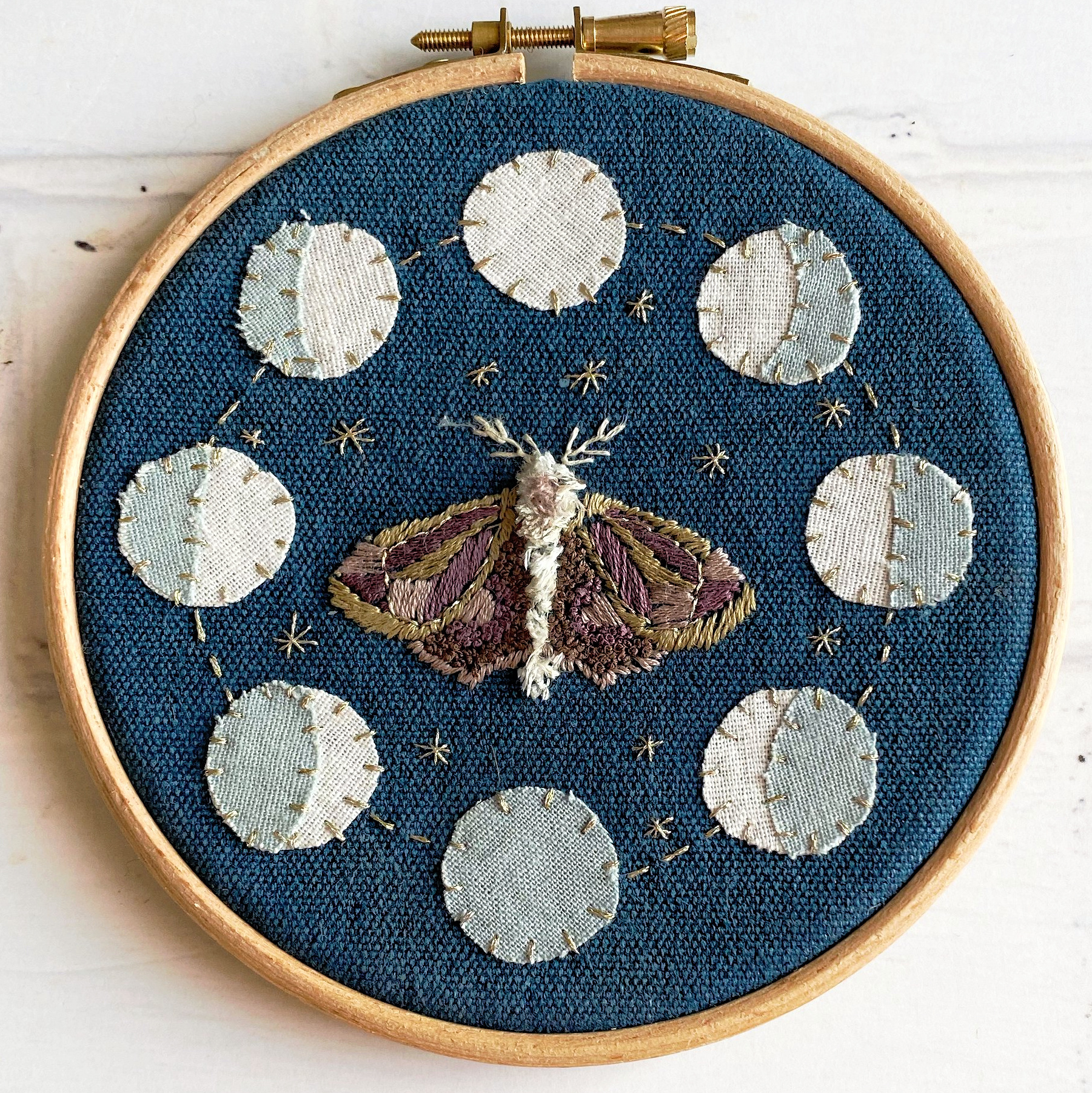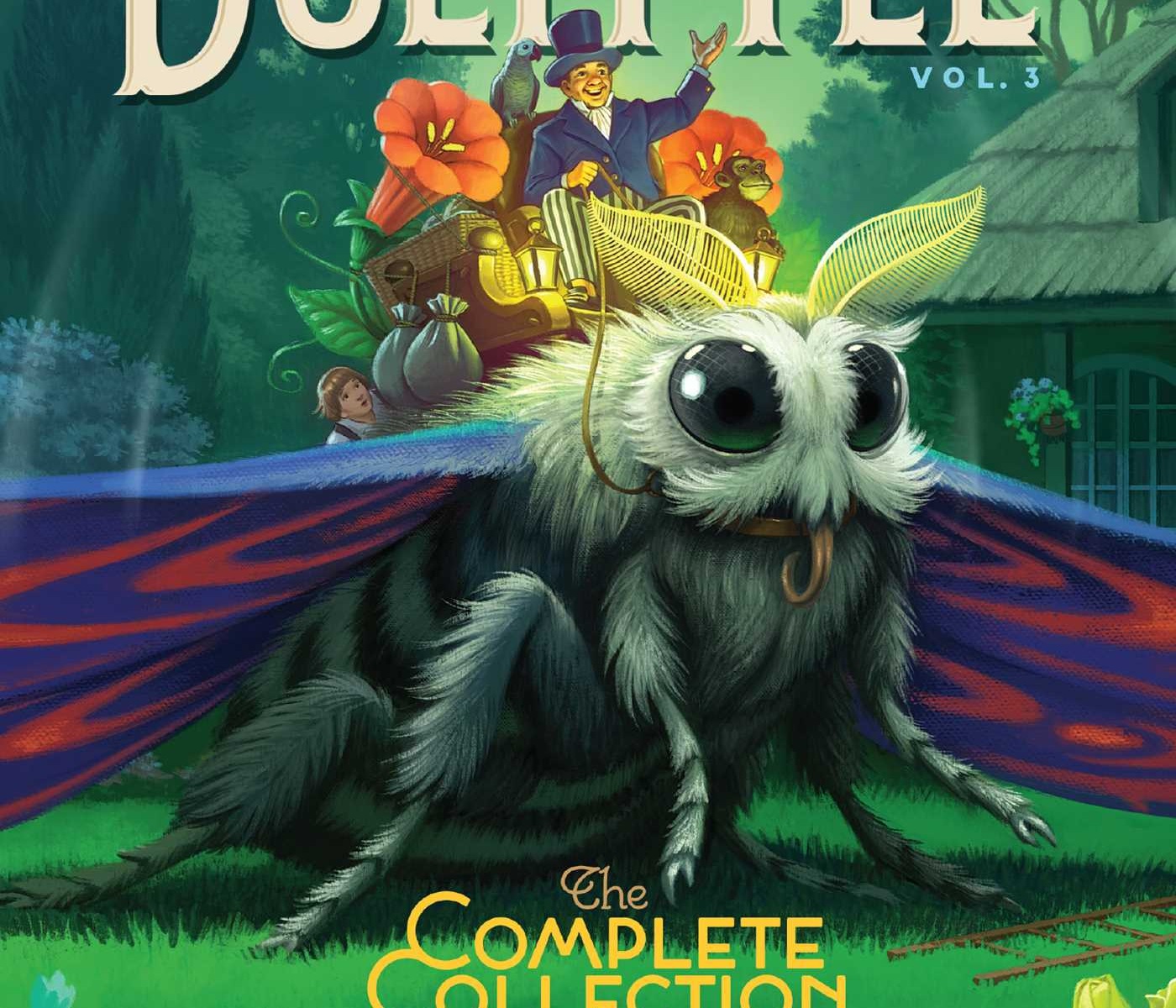

As they grow in size through each instar, they change in color from black, to yellow, to green.
LUNAR MOTH HIRITAGE SKIN
When ready, it then literally just walks out of its old skin and starts eating again. It remains there for several days as it creates a new exoskeleton. To do so, it spins and attaches itself to a silken pad. Their skin can only stretch so far as they grow, requiring them to molt through 4 separate ‘instar’ stages.

If they aren’t picked-off by predators, the voracious ricegrain sized caterpillars will grow exponentially over the next month as they devour host-plant leaves. Packed with protein, fats, and other nutrients, caterpillars are essential to birds successfully rearing the next generation of songsters. Importantly, this time of year also coincides to when migratory birds are feeding their chicks, and caterpillars are a prized meal. Only a handful of them will reach adulthood. Their first meal is the egg shell they just emerged from.
LUNAR MOTH HIRITAGE PLUS
In 2-weeks, plus or minus, the eggs hatch tiny, hungry black caterpillars. Sometime in June or July in the Northeast, female cecropia moths spread around one-hundred of them, usually in groups of 2 to 6 on both sides of a leaf of one of it’s host plants (including oaks, cherry, beech, apple, and button bush). Their Homerian Odyssey begins as a tiny, white egg. They will take several forms and have to survive a host of predators and weather conditions to succeed. Considering at least 10 months of that year are spent encased in a cocoon, they really only have a couple months to do what needs doing to create the next generation of moths. In fact it packs all of it’s living into a one-year life cycle. It Was a Very Good Year.Ī cecropia moth packs a lot of living into a year. Bright artificial illumination can act as a super-stimulant and a disoriented moth will fly in circles around it in a constant attempt to maintain a direct flight path. From the moth’s perspective, human lights mimic moonlight and overwhelm it’s ability to orient. Keeping it in a fixed position relative to themselves they use its light as a guidepost, much in the same way people used the North Star in days of yore. To a moth, the moon is essentially an infinite distance away. One has to do with how moths use moonlight to navigate. But why do they do that? No one knows for sure but there are theories. Your best chance of seeing a cecropia moth might be catching one flittering around a porch or street light on a summer’s eve, along with many other moth species. The connection here is that the eyespots on some moths in the family have concentric rings reminiscent of the planet Saturn.

They are named after the daughter of the god Saturn as well as the queen of the gods in Roman mythology. The moth hopes enough so that it fools a would-be predator long-enough to make a getaway.Ĭecropia’s belong to the celestial-sounding family “Saturniidae” of giant silkworms and royal moths. Look closely at the tips of the cercropia’s wings and the connection becomes clear: the eyespots and shape resemble a snake’s head. The name is less of a stretch than it first appears. The name “cecropia” is contrived from an ancient Greek phrase meaning: “face with a tail.” It harkens to the mythical first king of Athens named Cecrops, who was said to have a man’s upper half and a snake’s form below the waist. But the folks in charge of naming and classifying this moth gave it a downright classical heritage befitting its spectacular appearance. Of Ancient Greeks and RomansĬompared to the more showy butterflies, moths generally don’t elicit much fanfare. All this is atopped with a fuzzy, orange head. Its intricate orange, black, and brown wings span 5-7 inches and are adorned with eyespots and commas. Short-lived and nocturnal, it’s found in and around hardwood forests east of the Rocky Mountains, and is the largest native moth of North America. Seuss book rather than an entomology text. As fat as your thumb and covered in brightly colored balls perched upon stalks, it looks to be more at home on the pages of a Dr. Your first encounter with the caterpillar of the cecropia moth may leave you feeling as if you’ve been Punk’d. The snake-faced wings of an adult cecropia moth could be enough to make a would-be predator hesitate on making it their next meal.


 0 kommentar(er)
0 kommentar(er)
